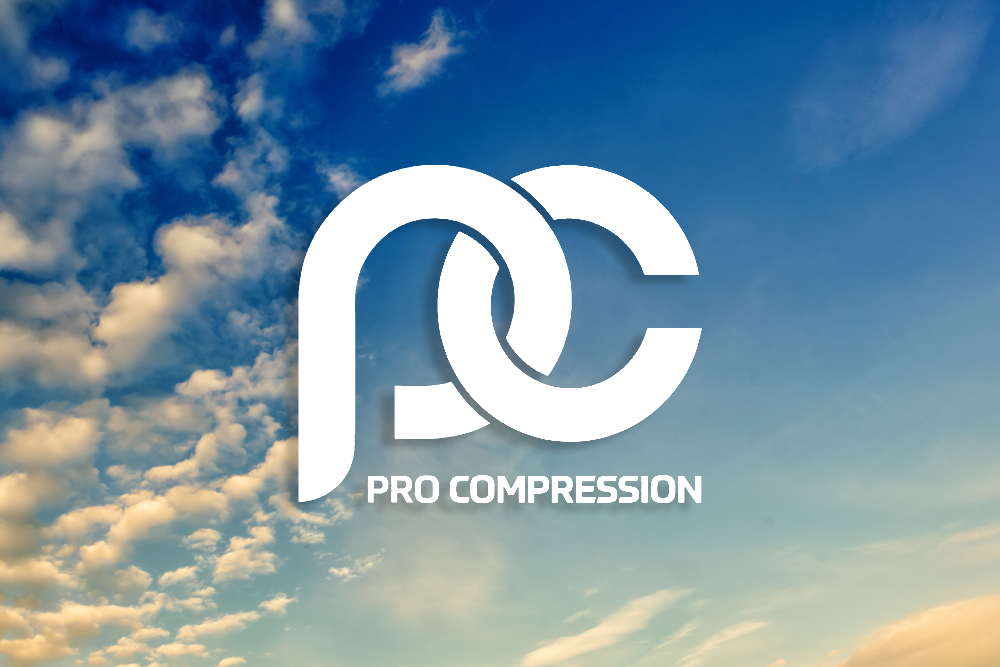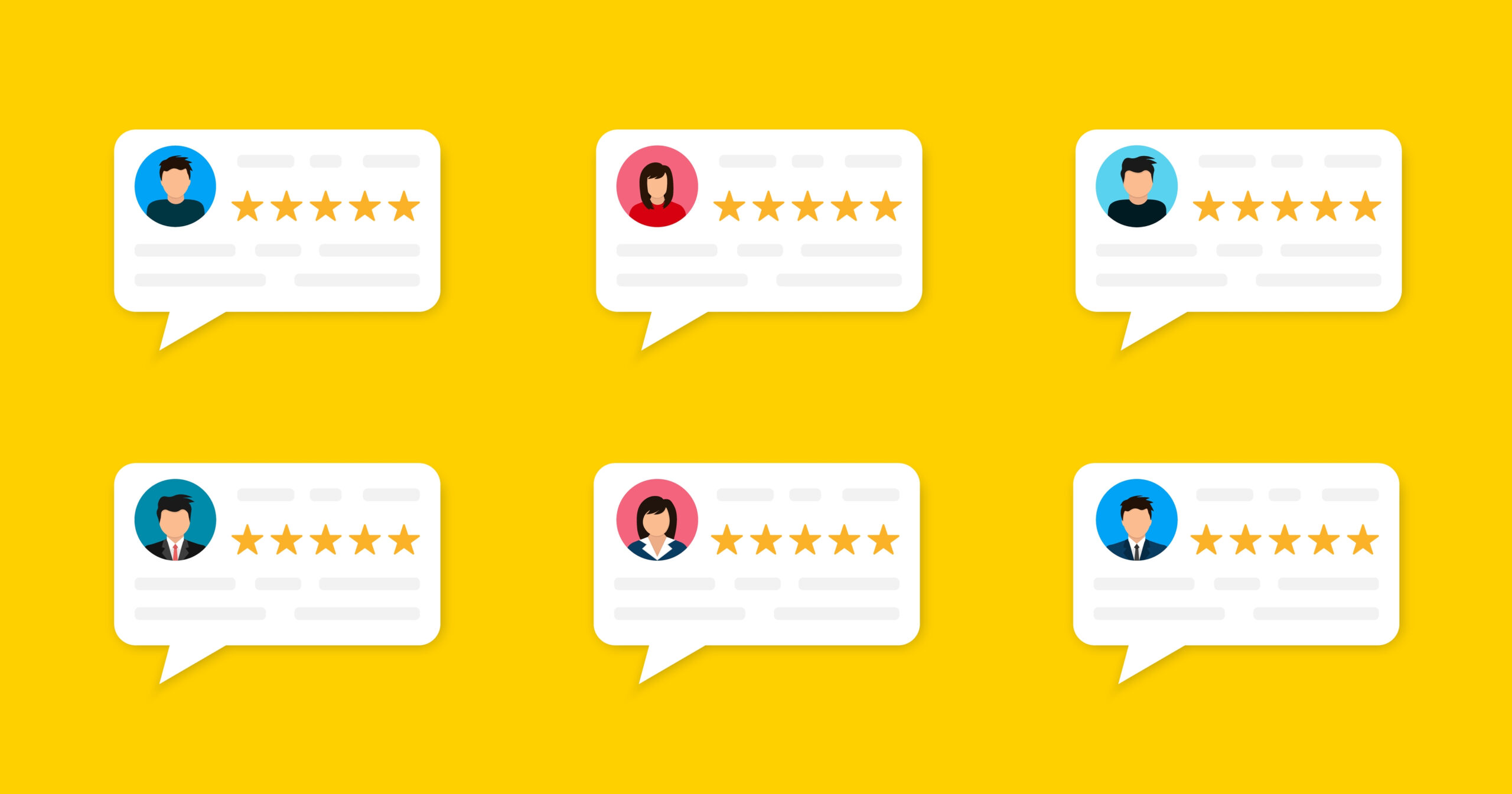
Late to the GA4 Migration? Watch Out for a 10–20% Shift in Revenue This Weekend (and More)
If your brand hasn’t migrated to GA4 yet, this weekend is it. Take a deep dive into the changes to watch out for when in your direct marketing results as a result of GA4.



